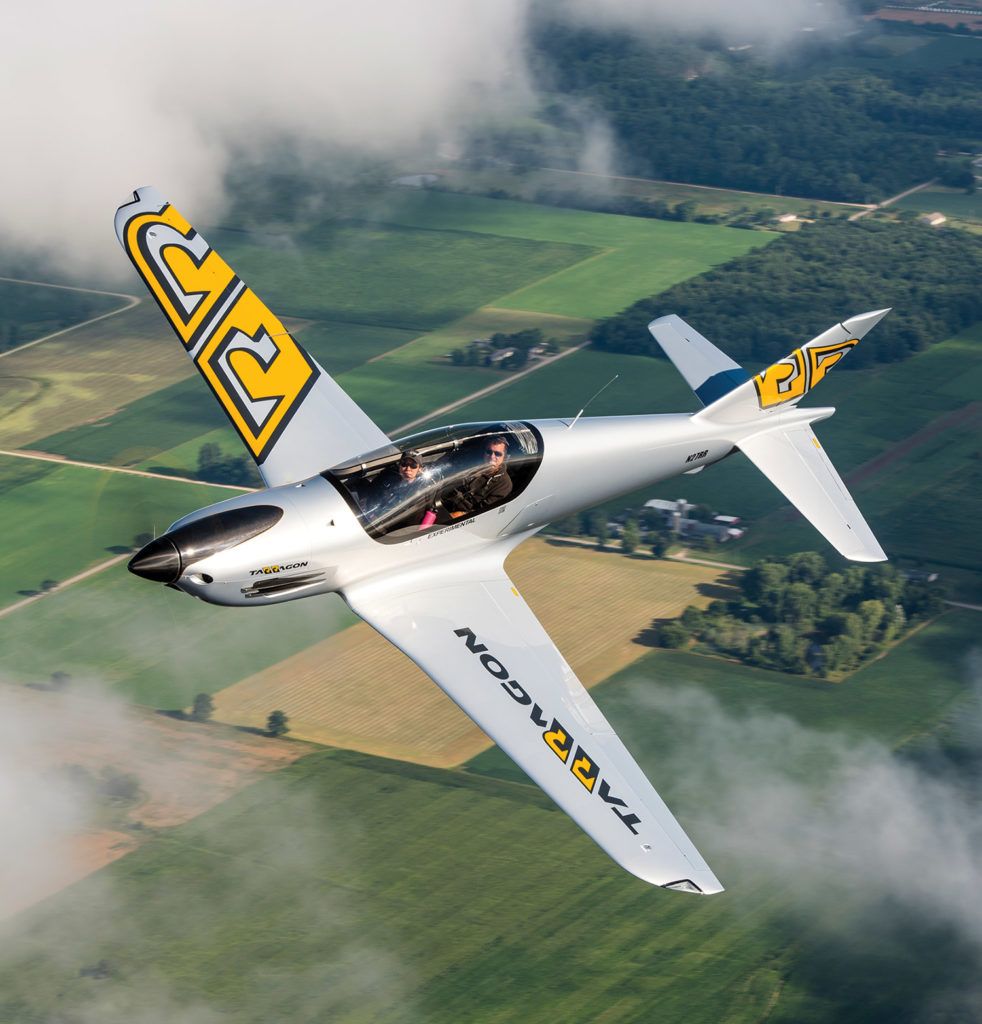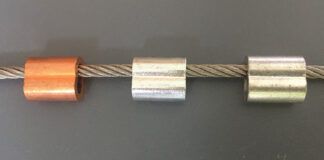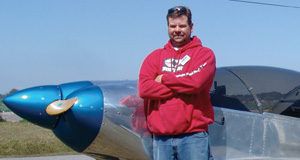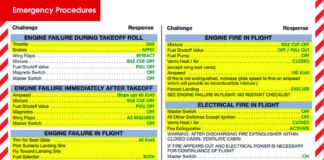After putting another $140 into the gas tanks of my 300-hp biplane, I have to admit the newer sport planes coming out of Europe are looking pretty keen. These are known as Ultra Light or Light Sport Aircraft in most places on the other side of the pond, which isn’t to confuse them with our own curiously regulated patch of domestic LSAs. These Euro-planes are fine examples of what’s possible with modern methods, says the guy in the rag-and-tube biplane, as they do reach the 180-mph neighborhood on 100 hp. Plus, unlike our own group of LSA machines, they aren’t so Medusa-ugly that checkbooks turn to stone at the sight of one. In fact, they’re mainly handsome hardware.

Perhaps you’ve noticed this modern crop of sportsters, too. They’ve been getting a bit of ink from us in the scribbling class, such that Tarragon, Shark, Blackwing and Bristell RG are likely of passing familiarity to anyone casually flipping through the av-mags (See “Fast and Smooth,” February 2018 for an in-depth review of the Tarragon). These new planes are coming out of Europe, where a combination of workable regulations and a heavy emphasis on fuel economy has sired this new breed. Distinguishing characteristics are well-developed aerodynamic efficiency from sleekly composite, 2-place designs featuring retractable landing gear, along with a near-total reliance on Rotax powerplants coupled to electric constant-speed props.
This is not a bad combination as the speedy performance and good handling reviews show. In Europe these aircraft can be had as complete, turnkey airplanes (expensive, of course) or less likely kits, while in the U.S. the regulations have them corralled under our all-inclusive Experimental/Exhibition or Amateur-Built categories. Some of the construction is a bit more involved when it comes to getting the biggest pieces straight, plus none of us seems to have as much free time as we used to. Thus, builder assistance centers seem to play a larger part in these newer birds than our tradition of stoically entering the garage and not re-emerging until six years hence with a freshly riveted RV clutched in our hands. Customers with cash enjoy the build centers because they fly their airplanes before their grandkids go to college, and the FAA prefers having more professionally screwed together airplanes flying over the public’s head. Or, if inexpensive enough labor can be found, the planes are sold turnkey.
Word is the FAA is working on revising our regulations to make these airplanes more accessible in the U.S., which sounds like true progress should it come to pass. Let’s all be prepared to hold our breath for a long time and write encouragingly when the time for public comment comes.
In the meantime, what intrigues me is the powertrain situation. For now Rotax rules. Their reasonably affordable, carbureted 100-hp 912 ULS is the darling of the class and why not? This engine has proven itself reliable and efficient for decades, plus it is purchase-cost competitive when not getting too greedy for power. This is especially true when factoring in its parsimonious fuel burn. Should more power be desired Rotax offers its turboed 914 UL, which isn’t to forget the range-topping 135-hp 915 iS as an option for those able to pay for it both initially and at the pump.
Furthermore, these newer airframes have been optimized for the physically compact Rotax layout. A narrow, fine-nosed entry is a visual signature of these new Euro-LSAs, which, while looking sleek, precludes fitting the noticeably larger Lyc’s and Continentals for those preferring the big-bore, low-rpm path to aviation.
All of this wasn’t lost on us recently when visiting Karl Grove. The outgoing English ex-pat-gone-colonial has just joined with Andrew Higgs, a freelance engine designer and also another Englishman living abroad, to form AC Aero USA LLC. The pair’s first offerings are liquid-cooled cylinders for Lycomings, but more relevant to the new Euro-LSA aircraft, Higgs has penned a variety of all-new engines promising good power in compact packages. Now, the road to perdition is paved with new aircraft engine designs, but what zoomed out at me was Karl’s comment that interest in the new designs was polite in the U.S. but serious with Europeans.
Why so much interest from The Old World? Just think “Jet A” and remember Rotax is in the mogas world, not the Jet A business.
Central to the new AC Aero designs—in fact, central to every new aircraft piston engine design we can quickly recall—is the precept of Jet A fuel. This is a fundamental change for sport aviation mainly because the stuff is cheaper. A quick scan of AirNav.com’s fuel summary in mid-June showed the average price of 100LL in the U.S. as $4.49 while Jet A was just $3.95. Even better, the lowest reported 100LL price was an amazing $2.49 (nowhere near my home drome, I assure you) while the rock-bottom Jet A was just $1.65! That’s less than mogas in most of the U.S. If you think that’s a savings, make 100LL tough to find, make it even more expensive, and you’ll see why the Euros are into diesel aviation.
Now, the price of fuel may not be the largest expense in aviation, but it is so visible, so central to the experience of actually taking flight, that it plays an inordinately large part in our emotional decision to start or continue flying. Gas prices count.
And as long as Jet A is easier to produce and transport than 100LL, and as long as the airlines are guzzling the stuff by the trainload, you can rely on Jet A remaining affordable and available. And it’s this latter point, the worldwide ubiquity of Jet A, that is carrying the day for new aero engines. Leaded avgas is already forget it expensive or simply not available in Europe while Jet A is, of course, everywhere. So European plane designers see Jet A as the only viable fuel—short of electricity—for aviation, sport or otherwise. Don’t bother them with your new concept, 28-cylinder Thimble-Drome Major with power recovery turbines, in other words.
If the people able to make a business case for exciting new sport planes are based in a region where the only viable fuel is Jet A, and Jet A is also inexpensive and widely available in the large United States market, then even Inspector Clouseau can divine what any new sport aviation engine is going to burn.
Just because an engine is new and burns Jet A doesn’t mean it’s going to take over the world, of course. And that goes double in the U.S. where the time-tested Lyconentals are deeply entrenched. But it also means an all-new gasoline burning engine isn’t going anywhere, either. And so we have a situation where a U.S. engine company is making decisions largely based on the European situation because to certain extent that is where the new airframes are coming from, and they demand diesel. If those same engines can be made to fit or retrofit popular airframes in the U.S.—while still burning Jet A—then all the better.
It’s a world market, in other words. And while the road to a viable new aircraft engine is near impossibly long and torturous, the efficiencies of euro LSA aircraft are getting more difficult to ignore. Maybe, just maybe, there might be a new path opening to modern-design light aircraft engines. Kind of makes you wonder what Van’s Aircraft could do with them, huh?














So your opinion is that the UL engines, despite being lightweight, FADEC and feel injected modern Versions of our historic tractor engine derived aircraft LyCons, are doomed because they burn 100LL.
Hardly doomed, but not capable of the market penetration the LyConentals have enjoyed for decades because those engines came to dominate in a now-gone era of world-wide avgas availability. The UL engines seem good alternatives to the historic big-bore air-cooled’s wherever 100LL is available, but Jet-A engines are going to have it easier yet.
That would be nice to see. Seems like evolutionary steps take so much time in aviation. A mini turbo prop would be interesting as well, PT6 are a bit too big and expensive for most applications.
The other thing about diesel fuel is you use much less of it. Diesel engines are more efficient especially those combining diesel fuel with common rail injection. The only drawback is that they are computer controlled and turbo equipped, which makes them complicated and expensive.